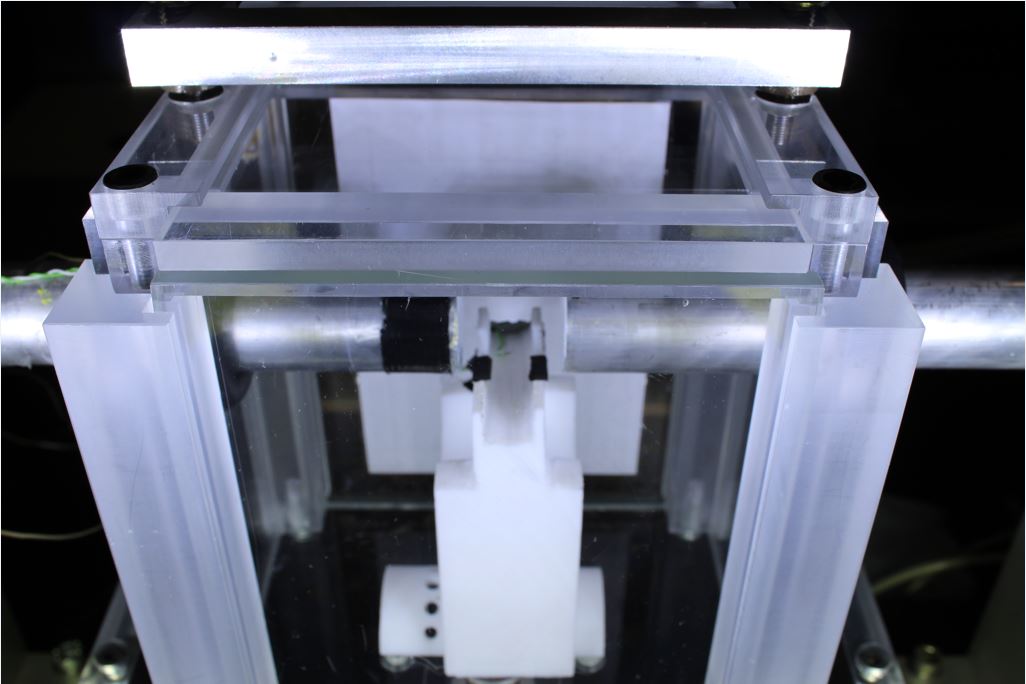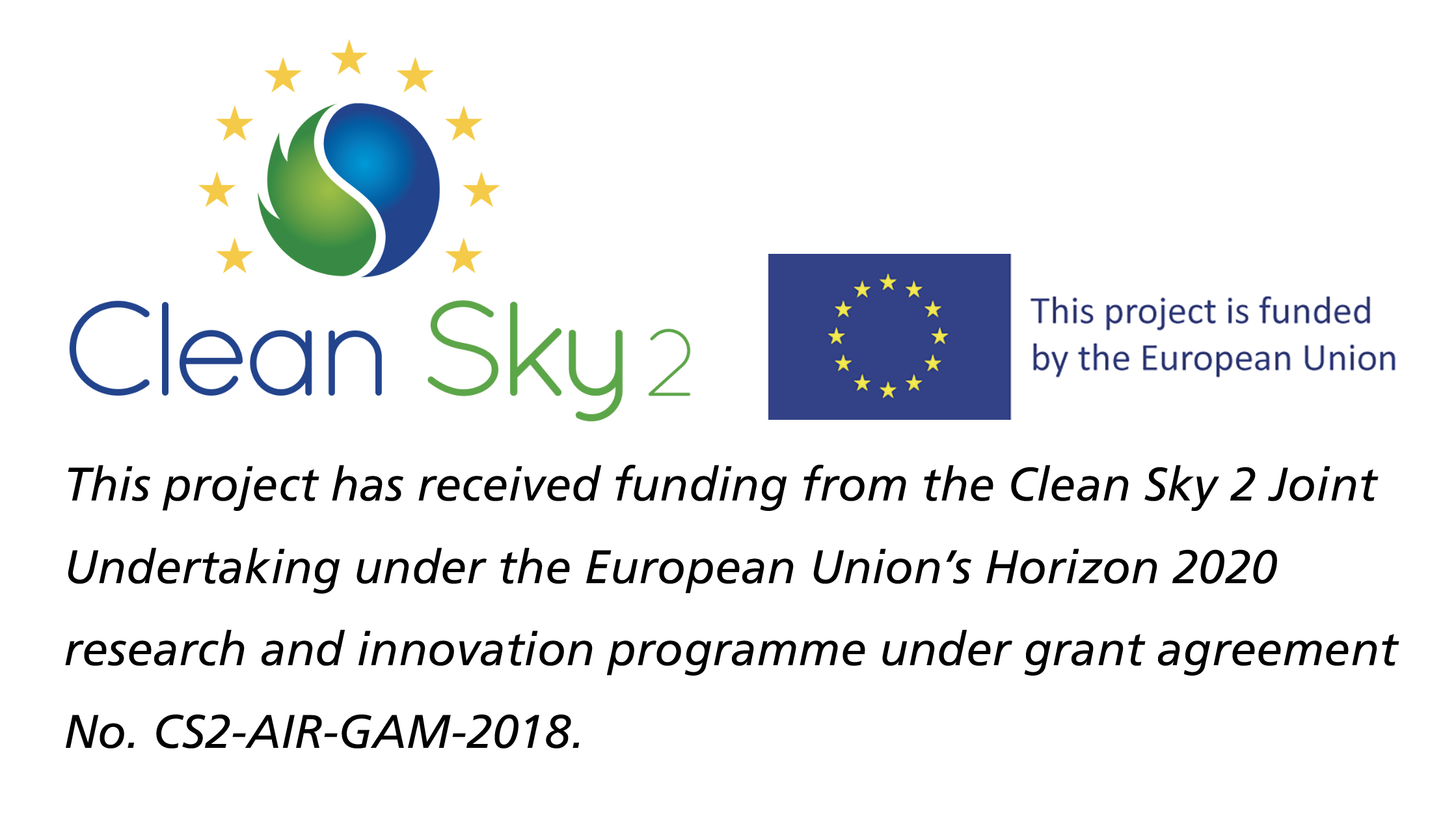Simulation of ice and hail



Hail can lead to extensive damage on primary structures of aircrafts. The extent of damage on lightweight structures caused by hail is significantly determined by the properties of the ice impactor (hail stones) and the type of the used lightweight structure. In the framework of the EU project Clean Sky 2, Fraunhofer EMI has analyzed the modelling of ice impactors from an experimental and numerical perspective.
Essential findings of the study show that the material behavior of ice depends on the loading velocity and the temperature. The major challenges were the tailored manufacturing of ice specimens and the conduction of test series under tempered conditions in advanced experimental setups, such as for example tests with the Split Hopkinson Bar and the high-speed accelerators for hailstorm scenarios.
Another relevant observation was the significant scatter in material behavior and damage mechanisms. In the numerical modelling, this scatter could be depicted via a stochastic approach. In combination with a rate-dependent, brittle material model, the failure and the subsequent fragmentation of the ice impactors on impacted lightweight structures could successfully be reproduced.
For more information, visit:
